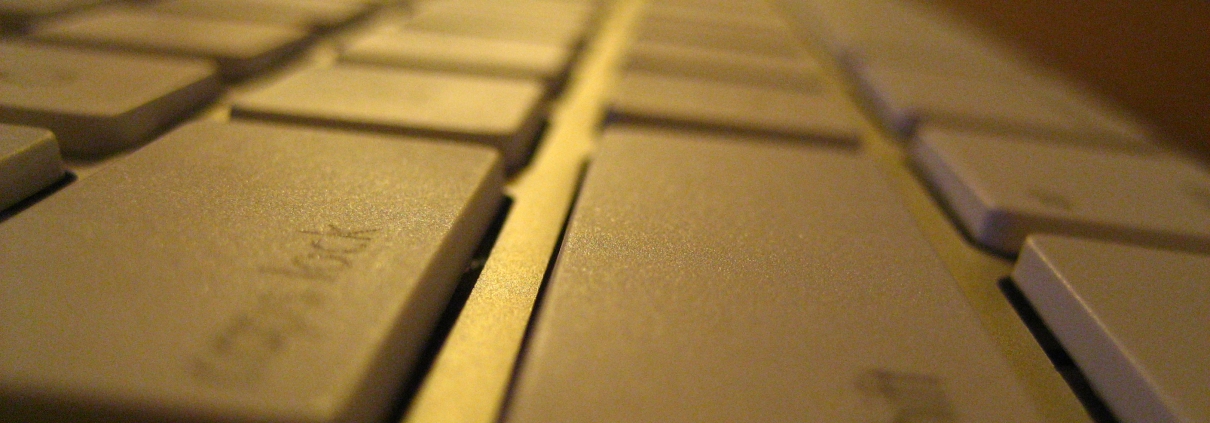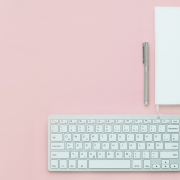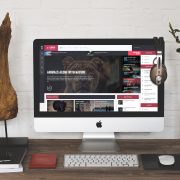Is your layout causing your e-commerce website to suffer?
The reason your e-commerce website may be suffering is simply because of the layout you have chosen to implement. If you use the following tips, then you can ensure that your layout is not holding you back.
1. Simple & Convenient
A top website design professional knows that there is no place for fancy graphics on an e-commerce page. Online shopping is about ease and convenience. Graphics merely get in the way, and they distract from your products. Apart from your company’s logo, there is no need to include anything else. When it comes to your products – again, keep it simple. You can add diversity in your presentation of products, for example; provide people with the option to view their products in a size suited to them.
But don’t try and add fancy graphics and movements simply to make your e-commerce page look better. Every decision you make, ask yourself – 1) Does this make the shopping process easier and/or more convenient for the customer? 2) Does it make the website look fancier but offer nothing more? If the answer is the latter, get rid of it – you are distracting the customer from purchasing your goods.
2. Be a Copycat
If you have a look at the most successful websites, you will see that their e-commerce format is similar. Across the top of the page, there is usually a bar which contains links to all of the products. Underneath this bar there is a map of where you have been, e.g. “furniture > bedroom > beds > double beds”. This allows you to easily get back to where you were. On the left-hand side, there is usually a box whereby you can filter your search, e.g. via price range or colour. At the top right hand of the page, there is a link to the checkout. Then there is always a contact page and information regarding deliveries and returns readily available. These formats are very commonly used. Why? Because they work!
3. Basic and Bold
And finally, when it comes to text; think big, think bold, and think basic. Don’t write elaborate product descriptions in paragraph form – people won’t read it. Instead, make the information short and snappy; use bullet points and use basic fonts – such as Arial and Tahoma. Don’t incorporate too many colours, black text on a white background is the most legible and so it is recommended for product descriptions and alike.












Leave a Reply
Want to join the discussion?Feel free to contribute!